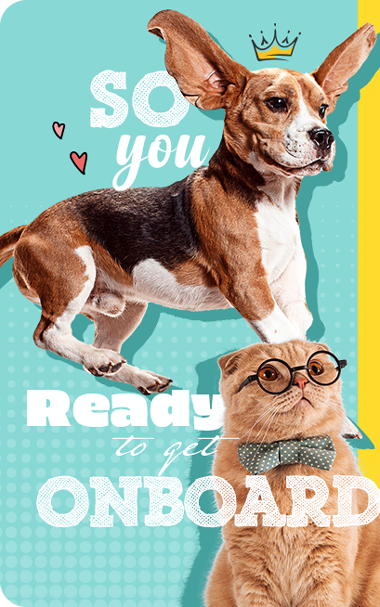Indie Dog Breed: Overview, Diet, Nature & Adoption
Posted by Muskan bhardwaj on

Introduction
The Indie dog, also known as the Indian Pariah Dog or Desi Dog, is a native breed of India, known for its resilience, intelligence, and adaptability. These dogs have been a part of the Indian landscape for centuries and are an integral part of the country’s culture and biodiversity. This detailed overview explores the Indie dog’s ancestry, origin, nature, health, grooming needs, and price, highlighting why they are considered one of India’s most remarkable breeds.
Ancestors and Origin

The Indie dog is one of the oldest and most primitive breeds, tracing its ancestry to ancient dogs of the Indian subcontinent. Evolving naturally without selective breeding, Indie dogs are hardy and adaptable, thriving in various environments. They are considered one of the purest breeds, with a genetic lineage similar to the original domesticated dogs, making them important for studying canine evolution.
Nature

Indie dogs are known for their intelligence, adaptability, and resourcefulness, thriving in challenging conditions with minimal care. Their instincts make them excellent problem-solvers, and they quickly adapt to new situations.
Temperament-wise, Indie dogs are loyal, affectionate, and protective. They form strong bonds with their human companions and are gentle and friendly. Despite their independence, they enjoy human interaction and can be very affectionate pets.
Indie dogs are typically good with children and other pets, making them excellent family dogs. Their strong territorial instincts make them good watchdogs, but early socialization is essential to ensure they grow up well-rounded and confident.
Health

Indie dogs are generally very healthy and resilient, thanks to their natural evolution and lack of selective breeding. They have a robust immune system and are less prone to genetic health issues compared to many purebred dogs. However, like all dogs, they can be susceptible to certain health problems, such as:
Parasitic Infections: Due to their environment, Indie dogs can be prone to parasites like ticks, fleas, and worms. Regular deworming and flea control are essential.
Skin Infections: Given their exposure to various elements, they can occasionally suffer from skin infections or allergies. Regular grooming and veterinary care can help prevent these issues.
Injuries: As active and sometimes street-roaming dogs, they can be prone to injuries. Ensuring they have a safe environment can mitigate this risk.
Regular veterinary check-ups, a balanced diet, and adequate exercise are essential to maintaining an Indie dog’s health. It is also important to keep them up to date with vaccinations and preventive treatments for parasites.
Grooming

Indie dogs have a short, dense coat that requires minimal grooming compared to other breeds. However, regular care is still necessary to keep them looking their best and to ensure their skin and coat remain healthy.
Brushing: Weekly brushing is usually sufficient to remove loose hair and distribute natural oils throughout the coat. This helps keep the coat shiny and healthy.
Bathing: Bathing should be done as needed, typically every few months or when the dog gets particularly dirty. Use a mild dog shampoo to avoid skin irritation.
Ears: Check and clean the ears regularly to prevent infections. Look for signs of redness, swelling, or an unusual odor.
Teeth: Brush the dog’s teeth several times a week to maintain good oral hygiene and prevent dental issues.
Nails: Trim the nails regularly to prevent overgrowth and discomfort. If you’re unsure how to do this, a professional groomer or veterinarian can help.
Proper grooming not only keeps the Indie dog looking good but also contributes to their overall health and well-being.
Price

The price of an Indie dog varies widely depending on the region and source. Indie dogs are often available for adoption from shelters or can be rescued from the streets, making them more affordable than purchasing from breeders. Adoption fees typically range from $50 to $200 and often include initial veterinary care, vaccinations, and spaying/neutering. Adopting a dog also provides a loving home to a dog in need and helps reduce the number of stray dogs.
When considering the cost of owning an Indie dog, factor in ongoing expenses such as food, grooming, veterinary care, training, and equipment like collars, leashes, and toys.
Conclusion
The Indie dog is an exceptional breed known for its intelligence, adaptability, and resilience. With roots in ancient Indian dogs, they are versatile companions suitable for roles from family pets to guard dogs. Owning an Indie dog requires meeting their physical and mental needs with proper training, socialization, and grooming. With the right care, they become loyal, affectionate, and rewarding companions. Understanding their needs ensures a fulfilling life for both the Indie dog and their owner.






